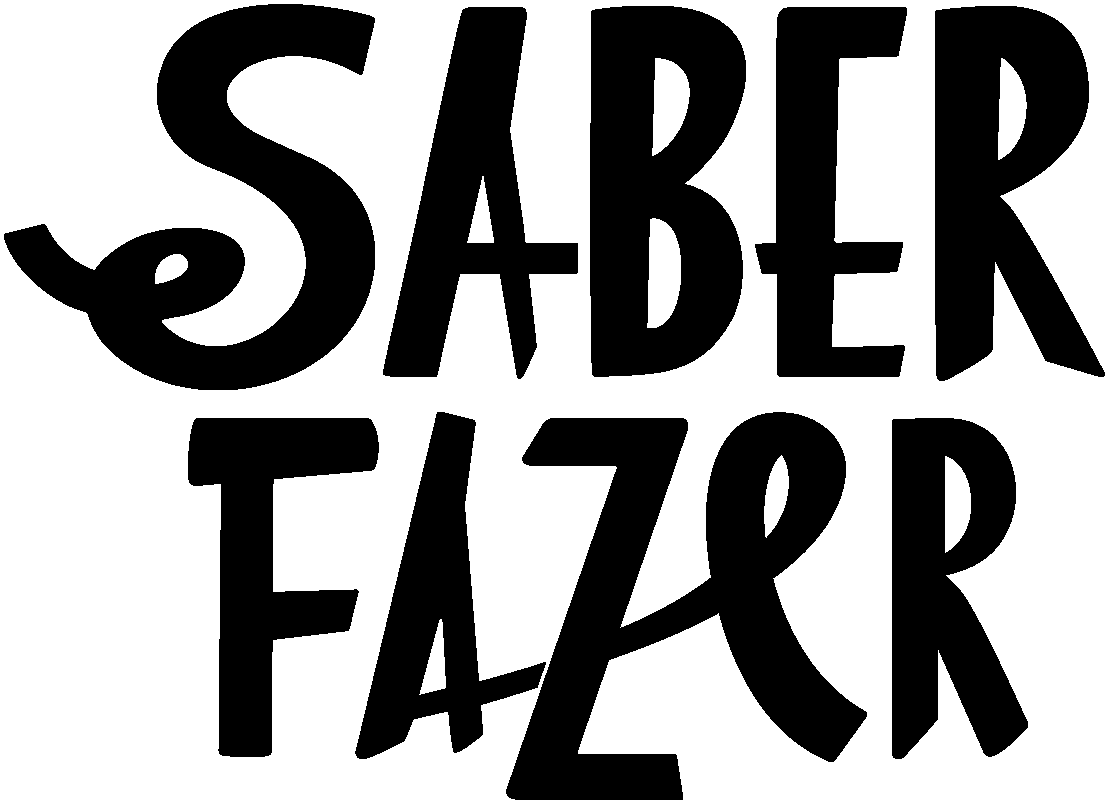The flock of Casa da Lã
Last monday we went to see the sheep where the wool spun by the Women of Bucos come from. Over there, the women have only two terms to differentiate the wool they work with: the “lã brava” (something like wild wool) and the “lã meirinha”.
I came to know that those "wild" sheep (bravas) are actually the local Churras do Minho - a kind of sheep that used to graze freely through the hills (hence the “wild” definition). They are small and their fleece is longer and not so soft as the one from the “meirinhas”. I think this would be expected from a wild sheep.
"Meirinha", that I’m pretty sure to be a portuguese adaptation of the word Merina, is used to define all the wool that comes from more domesticated sheep, that graze with the normal cattle. In this case, it is the Bordaleira Entre Douro e Minho, also local.
It could be another race if, recently, the population hadn’t been receiving support to have local races like the Churra and the Bordaleira, and hadn’t made the conversion from the Bragançanas they had previously.
In a time where wool is considered a byproduct of raising sheep for meat, there are a lot of people that abandon it throughout the fields after the shearing, because they simply don’t know what to do with it.


